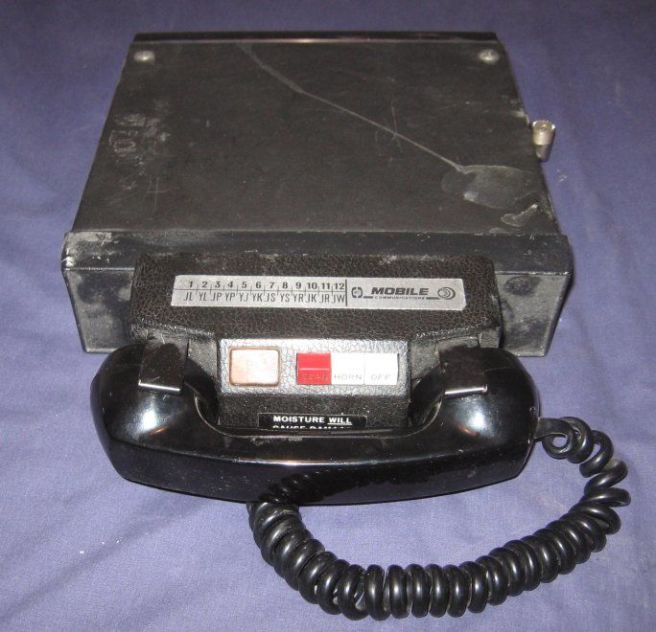On 17 June 1946 the American company Bell Systems, owned by the telecommunications giant AT&T (American Telephone and Telegraph Company), started the sale of 0G generation mobile phones. The service name was the Mobile Telephone Service (MTS) . The original equipment weighed 36 kg and was designed to be installed in a vehicle.
There were initially 3 VHF radio channels with FM (frequency modulation) transmission. To make a call, users had to find a free channel themselves, and then contact operators, giving them their number and the number of the person they wished to call. Telephone communication operated according to the "Push-to-Talk" principle: during a conversation one had to hold down a button when using the microphone and release it while listening.
The service was launched in St. Louis, the subscription fee was $30 per month, and there was a per minute payment for calls as well. The work focused on several areas of business – public utilities, goods transportation, and reporters. On 2 October 1946, Motorola communications equipment carried the first calls on car radiotelephone service in Chicago. In 1948, the service MTS URBAN was made available in 60 cities in the United States. There were 4,000 MTS subscribers, making 117,000 calls per month. Additionally, 1,900 subscribers used the service MTS HIGHWAY (communication along highways and navigable rivers), making 36,000 calls per month.
In 1964, Bell Systems introduced an improved version of the Improved Mobile Telephone Service (IMTS), implementing full-duplex communication, automatic search for a free radio channel, and automatic dialing. The first sets of new equipment weighed 18 kg, while later ones weighed less than 9 kg. In some areas of the United States MTS/IMTS communication existed until the early 1980s.
Source:
Tom Farley (2007). "The cell phone revolution". American heritage of invention and technology. 22 (3): 8-19. ISSN 8756-7296
























